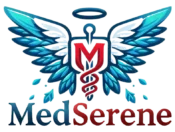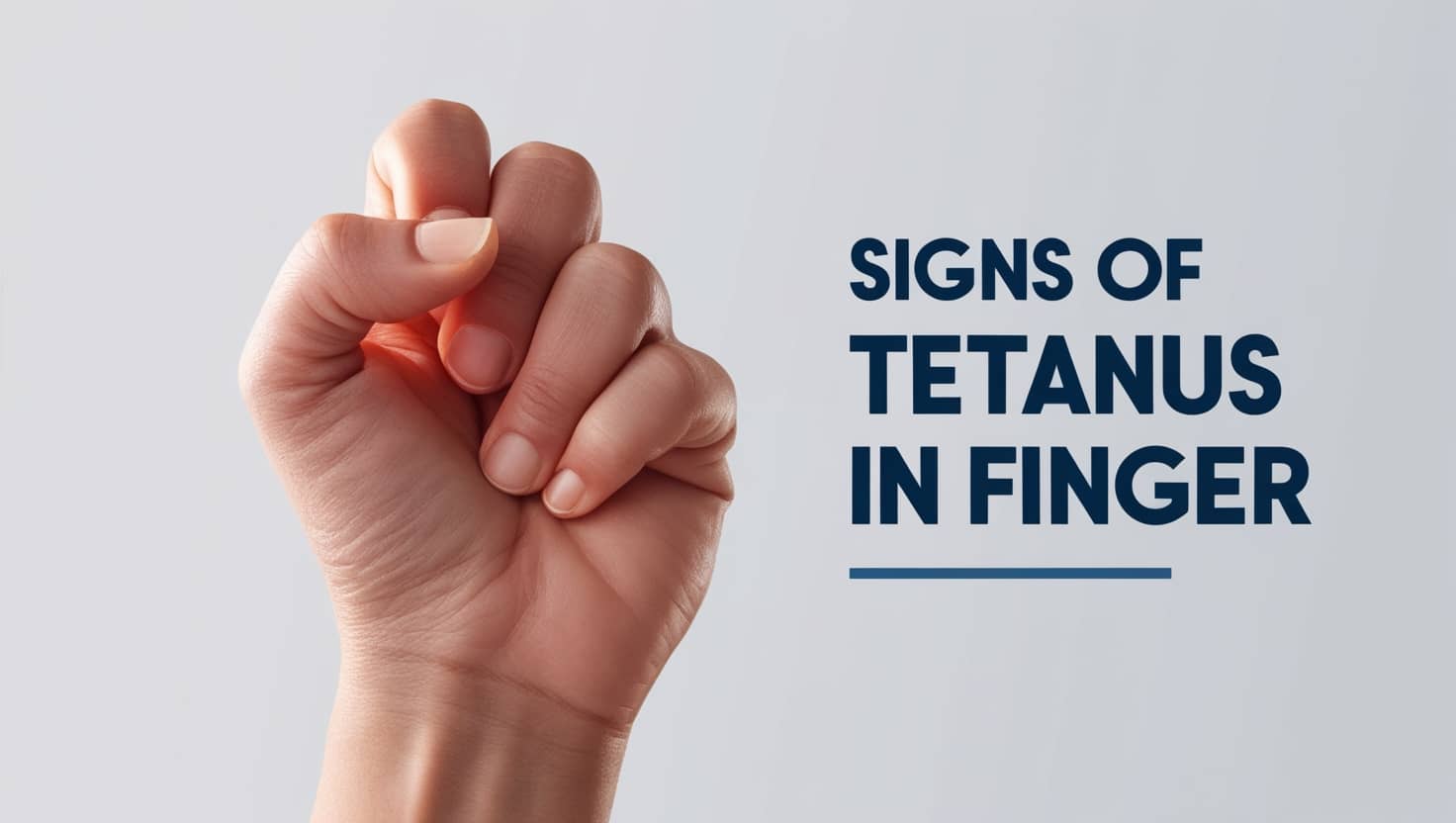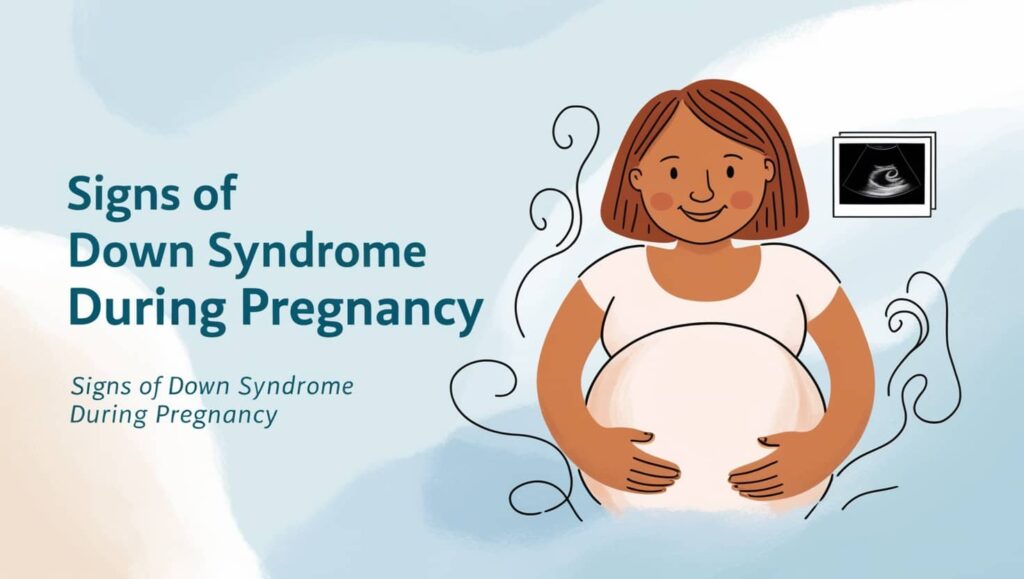Tetanus is a serious condition caused by clostridium tetani bacteria entering the body through wounds or cuts and producing toxins. Tetanus can affect any area of the body just wounds and suitable environments are available.
In this article, we discuss signs of tetanus in fingers, and how it spreads and progresses.
Early symptoms of tetanus in a finger injury
Early signs of tetanus appear throughout the body within 4 to 21 days from the start of the infection. Mostly, symptoms appear after 10 days.
Tetanus is to be suspected if finger injury is followed by symptoms below.
- Usually, Symptoms may start with mild spasms in jaw muscles that make opening your mouth difficult and difficulty swallowing.
- Some muscles, such as the back, arms, hands, or feet, may also experience spasms.
- Difficulty breathing.
- Fever.
- The affected region of a finger can show necrotizing tissue and pus oozing.
- Hypertension and arrhythmia.
How tetanus spreads and progresses
Spores of Clostridium tetani are common in the environment, such as soil and dust. The spores develop into bacteria that can enter the body through wounds, cuts, and any broken skin.
When the injured finger is contaminated with soil or dust, the spores have a good chance of entering the body.
The bacteria secret toxins in the body that affect nerves and make seizures.
Risk Factors of Tetanus of Finger
- Contaminated wounds, Puncture wounds with a nail or needle, or Burns are more likely to be affected by tetanus in fingers.
- People who work in agriculture, and forestry in which contact with soil or animals are at risk of tetanus infection in finger and hand.
- Diabetic patient.
- Immunocompromised patient.
- Aged people.
Preventing and Treating Tetanus
Can Tetanus Be Cured? Yes, treatment and prevention of tetanus include:
- Human tetanus immune globulin drug (TIG).
- Immediate wound care, keep the wound as clean as possible.
- control muscle spasms by muscle relaxant.
- Suitable antibiotics.
- Support breathing.
- Vaccination, People who recover from tetanus do not have natural immunity so they can be infected again. Immunization with tetanus-toxoid-containing vaccines (TTCV) is the perfect way to prevent tetanus.
Recommended doses of TTCV
WHO recommends receiving 6 doses (3 primary plus 3 booster doses) of TTCV. The 3-dose primary series should begin as early as 6 weeks of age, with subsequent doses with a minimum interval of 4 weeks between doses.
The 3 booster doses should preferably be given during the second year of life (12–23 months), at 4–7 years, and 9–15 years of age. Ideally, there should be at least 4 years between booster doses.
In the end,
- Tetanus is an acquired infection when wounds and cuts are contaminated with the spores of the bacterium Clostridium tetani.
- Signs of tetanus in finger, begin with spasms in muscles especially jaw muscles, difficulty swallowing, fever, difficulty breathing, hypertension, change in heart rate, and affected area necrotizing.
- Proper wound care can minimize the incidence of tetanus.
- Treatment depends on Human tetanus immune globulin drug (TIG) and controls symptoms like spasms and trouble breathing.
- The perfect way for prevention is vaccination with tetanus-toxoid-containing vaccines (TTCV).
References
- CDC. (2024, March 20). Tetanus: Causes and How It Spreads. Retrieved from Tetanus website.
- Centers for Disease Control and Prevention. (2024, August 15). Tetanus. Retrieved from CDC website.
- M Luisto, & Seppäläinen, A. M. (1992). Tetanus is caused by occupational accidents. Scandinavian Journal of Work, Environment & Health, 18(5), 323–326.
- NHS . (2023, May 18). Tetanus. Retrieved from NHS website.
- World Health Organization. (2024, July 12). Tetanus. Retrieved from Who.int website.





